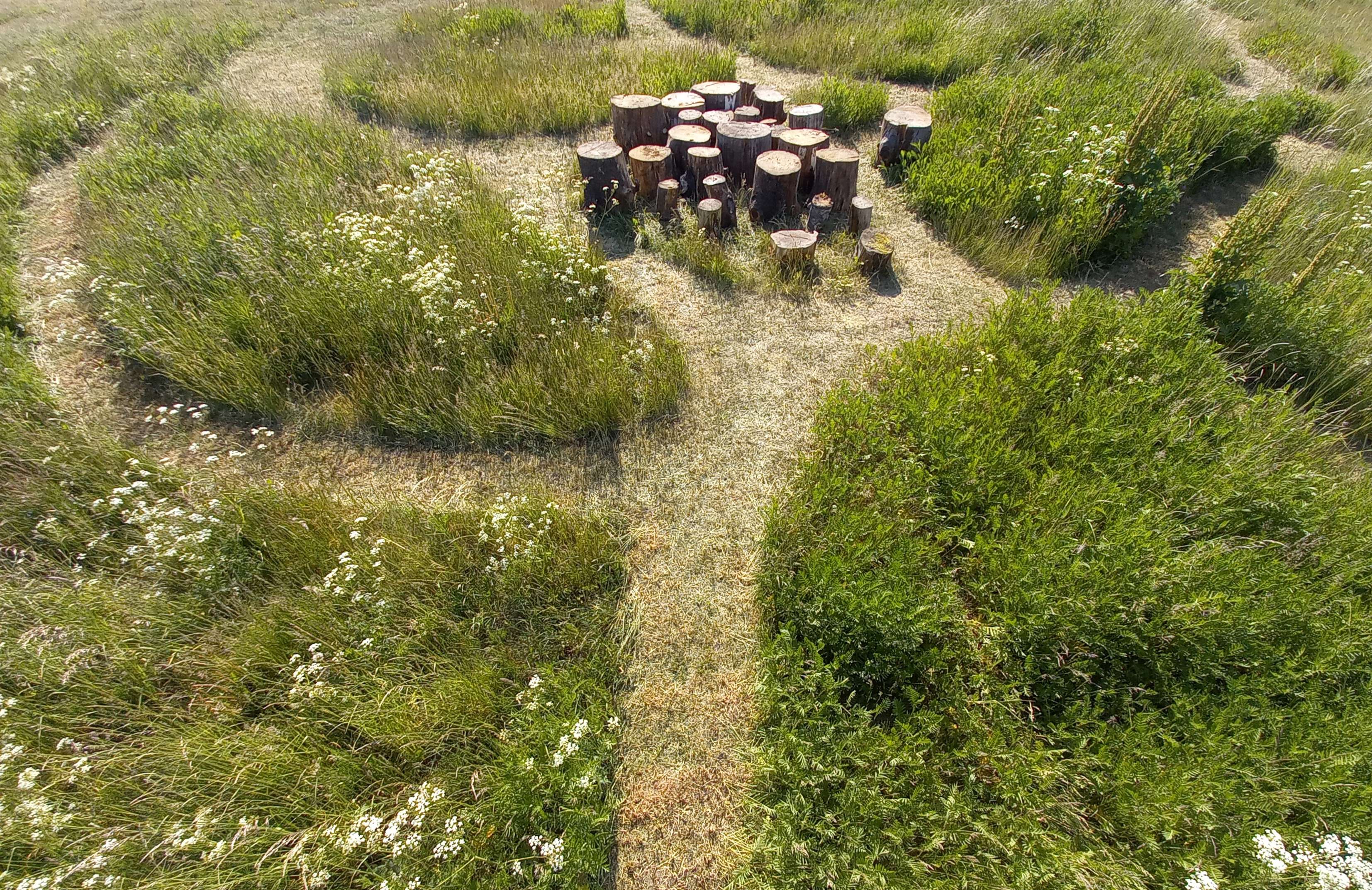
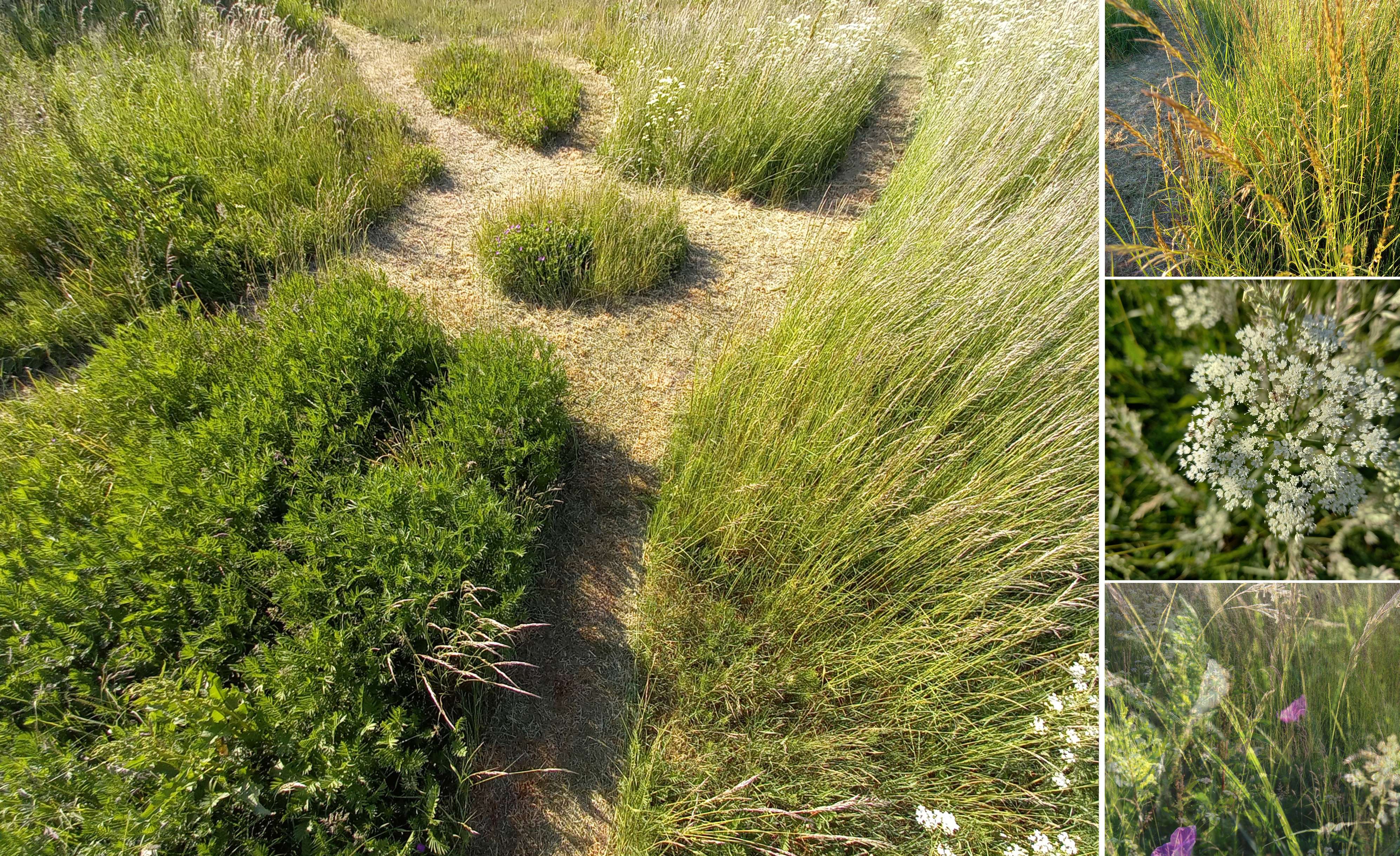
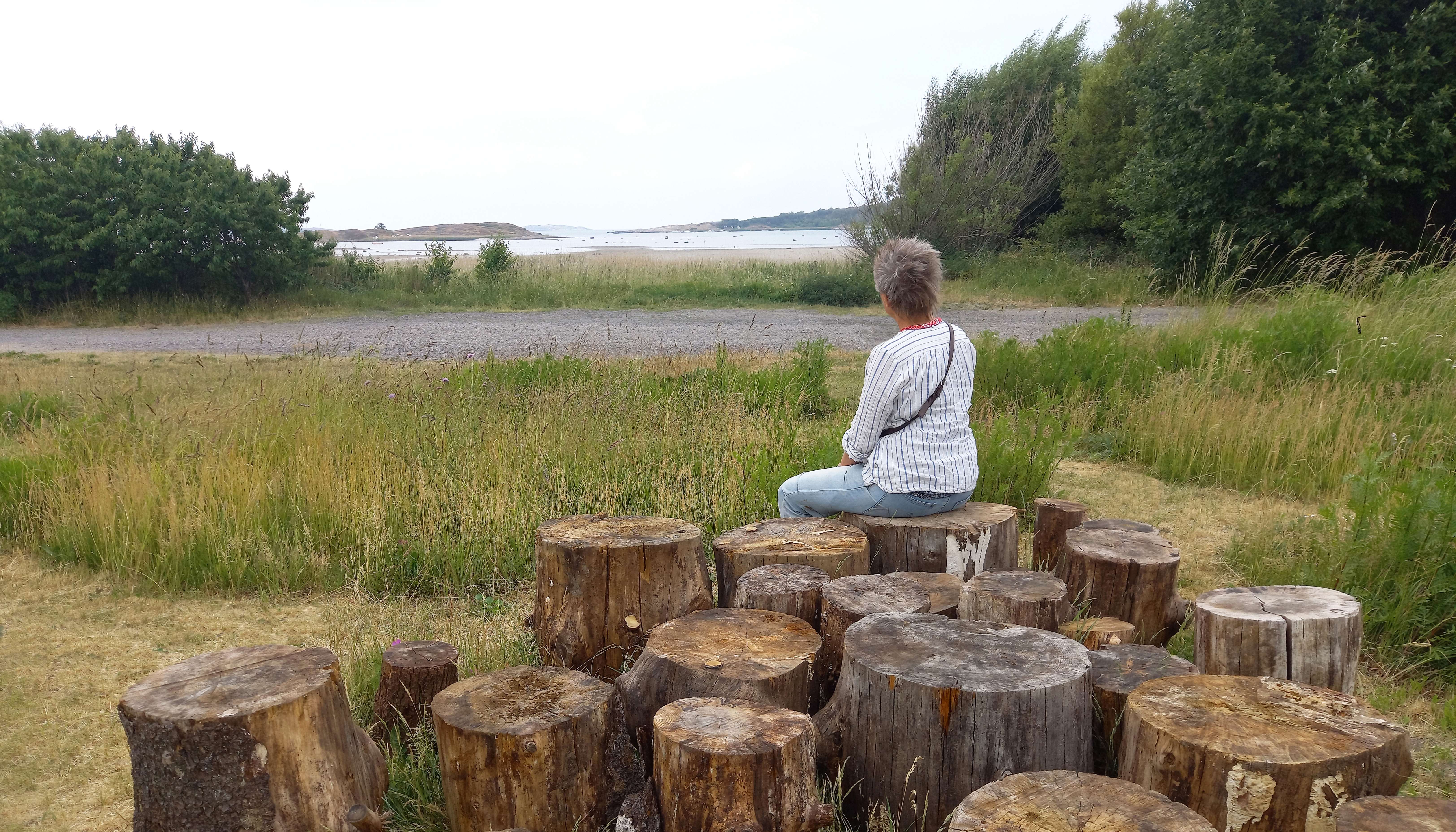
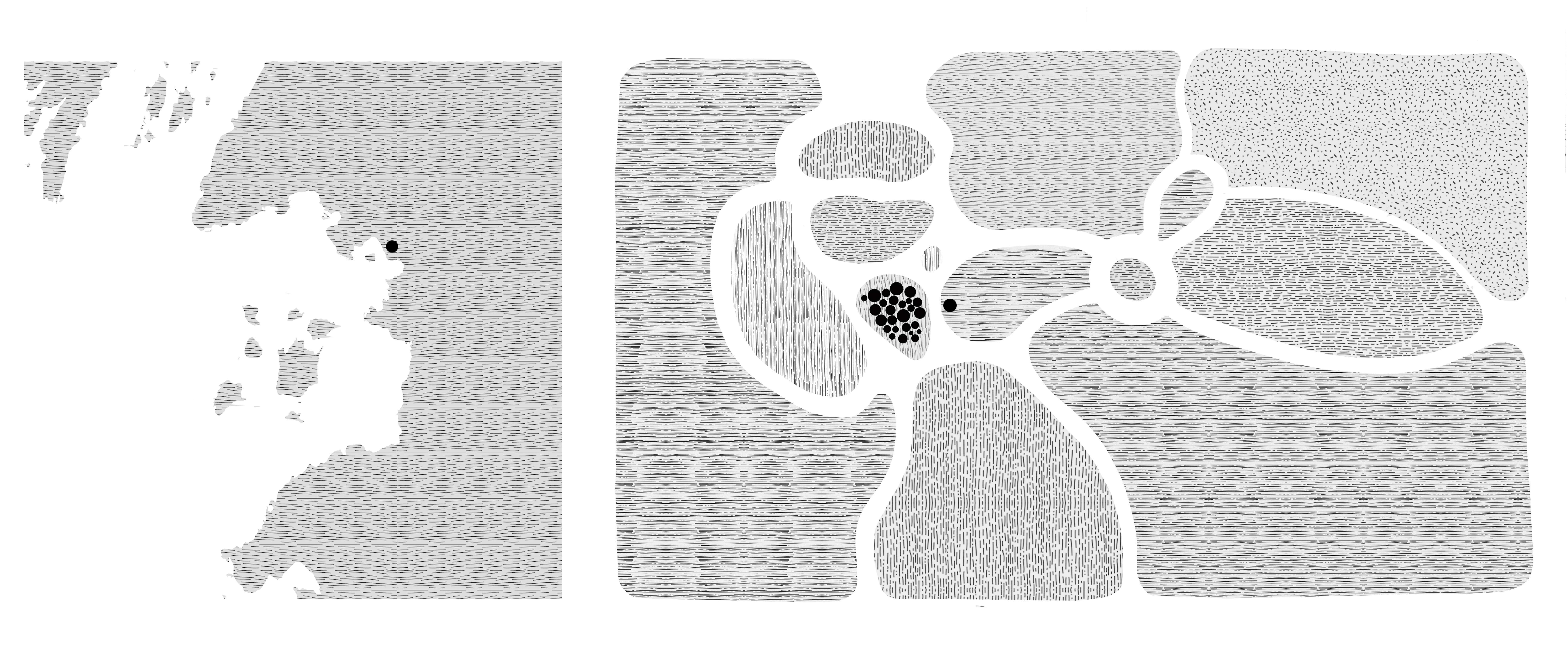
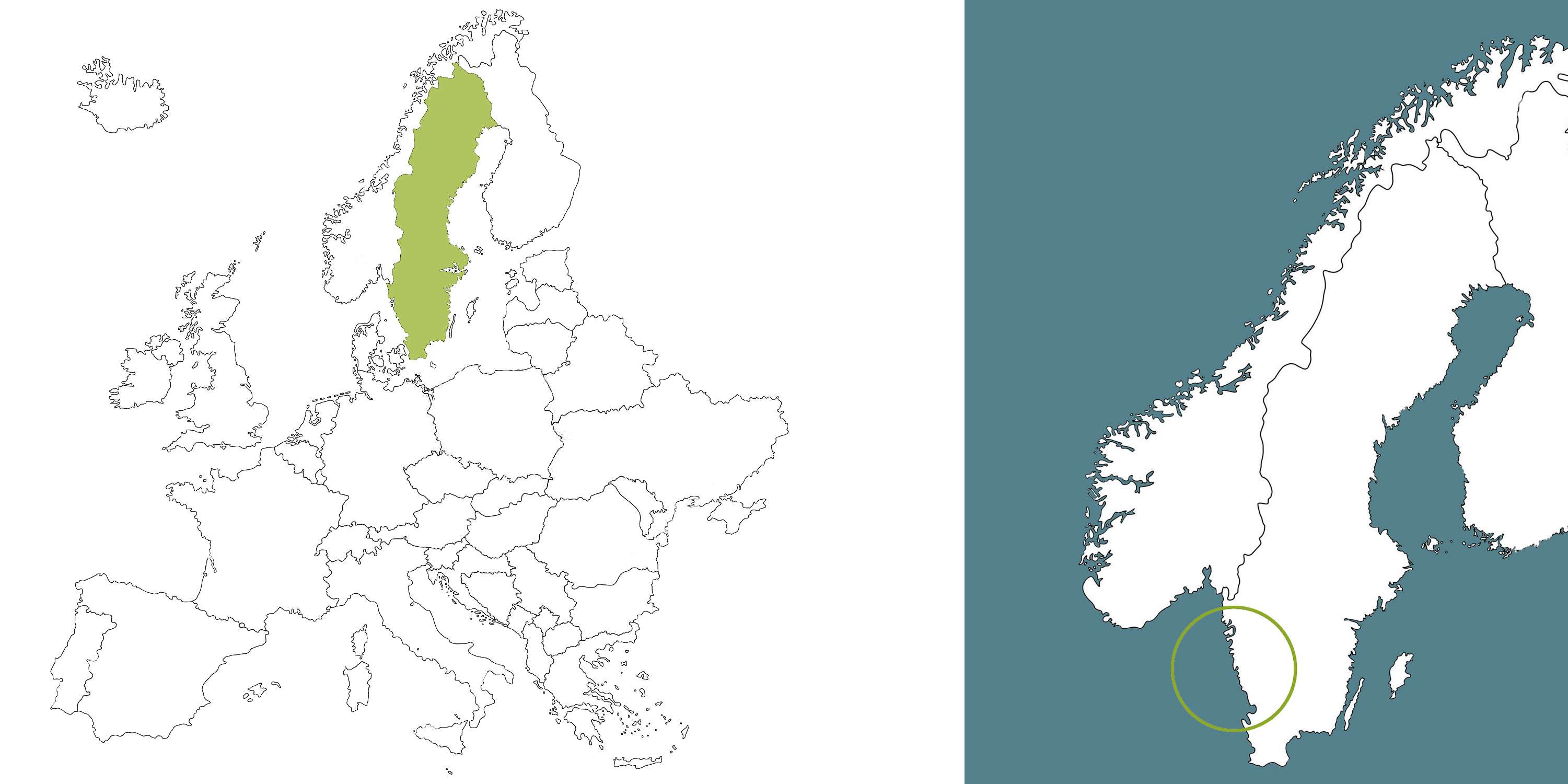
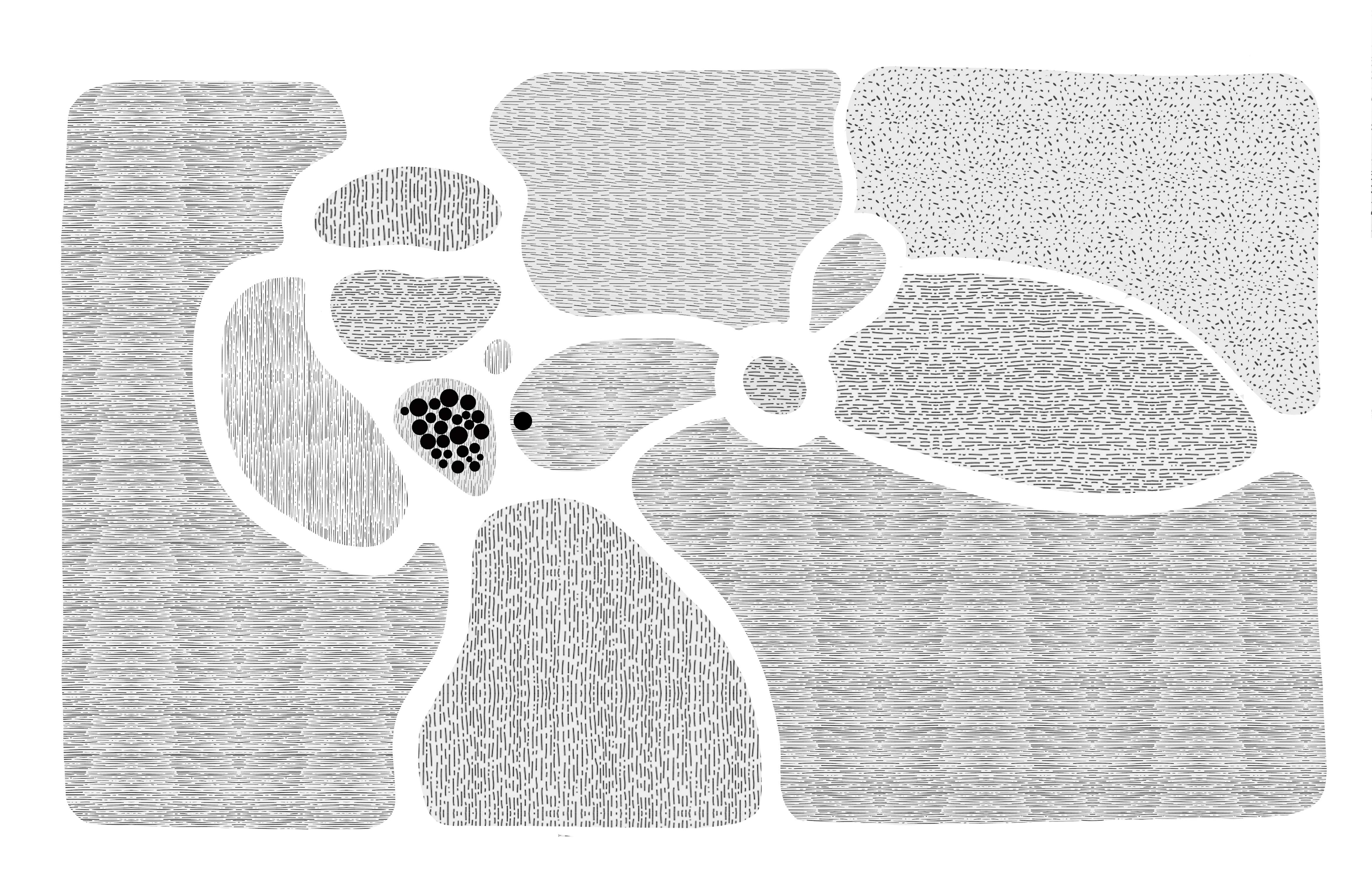
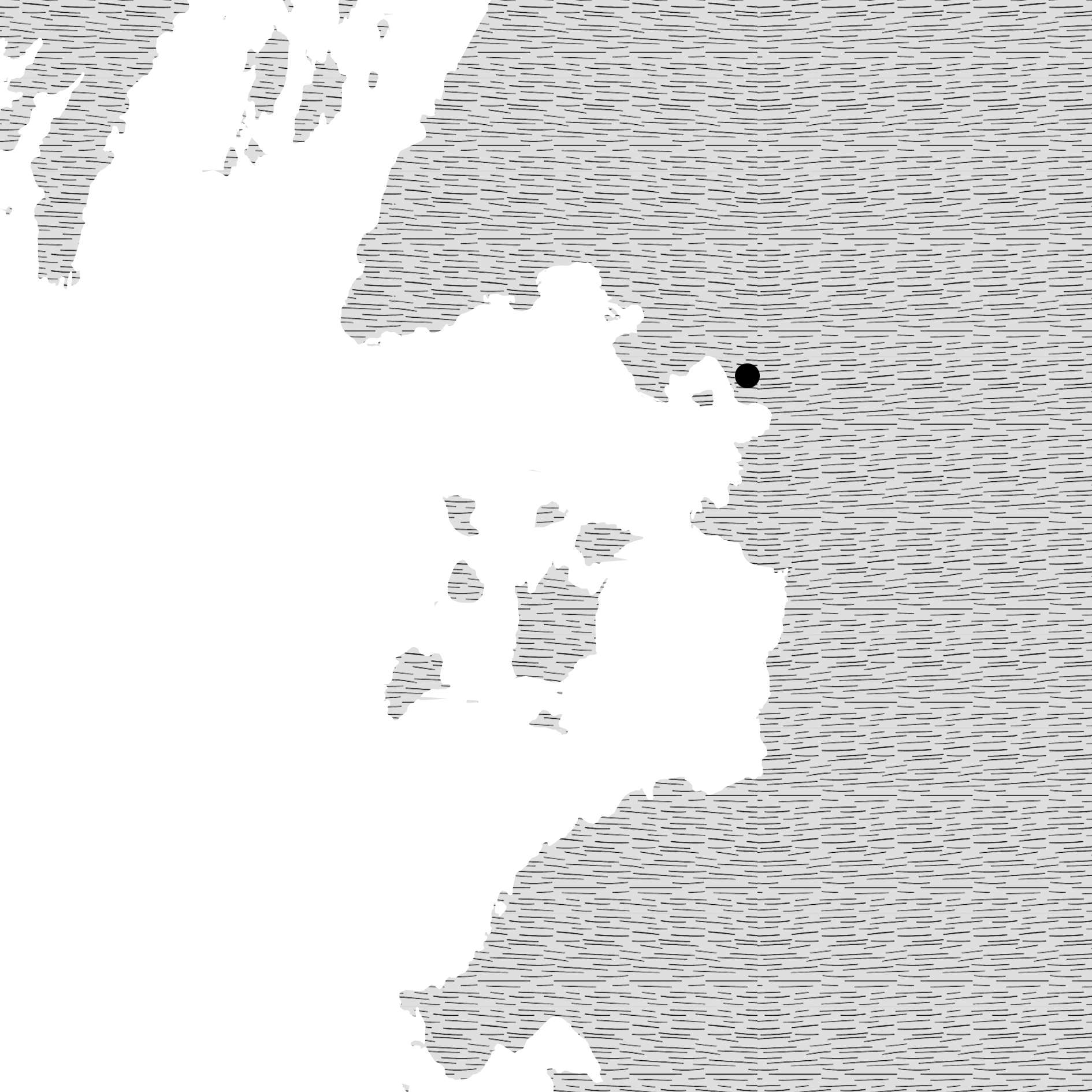
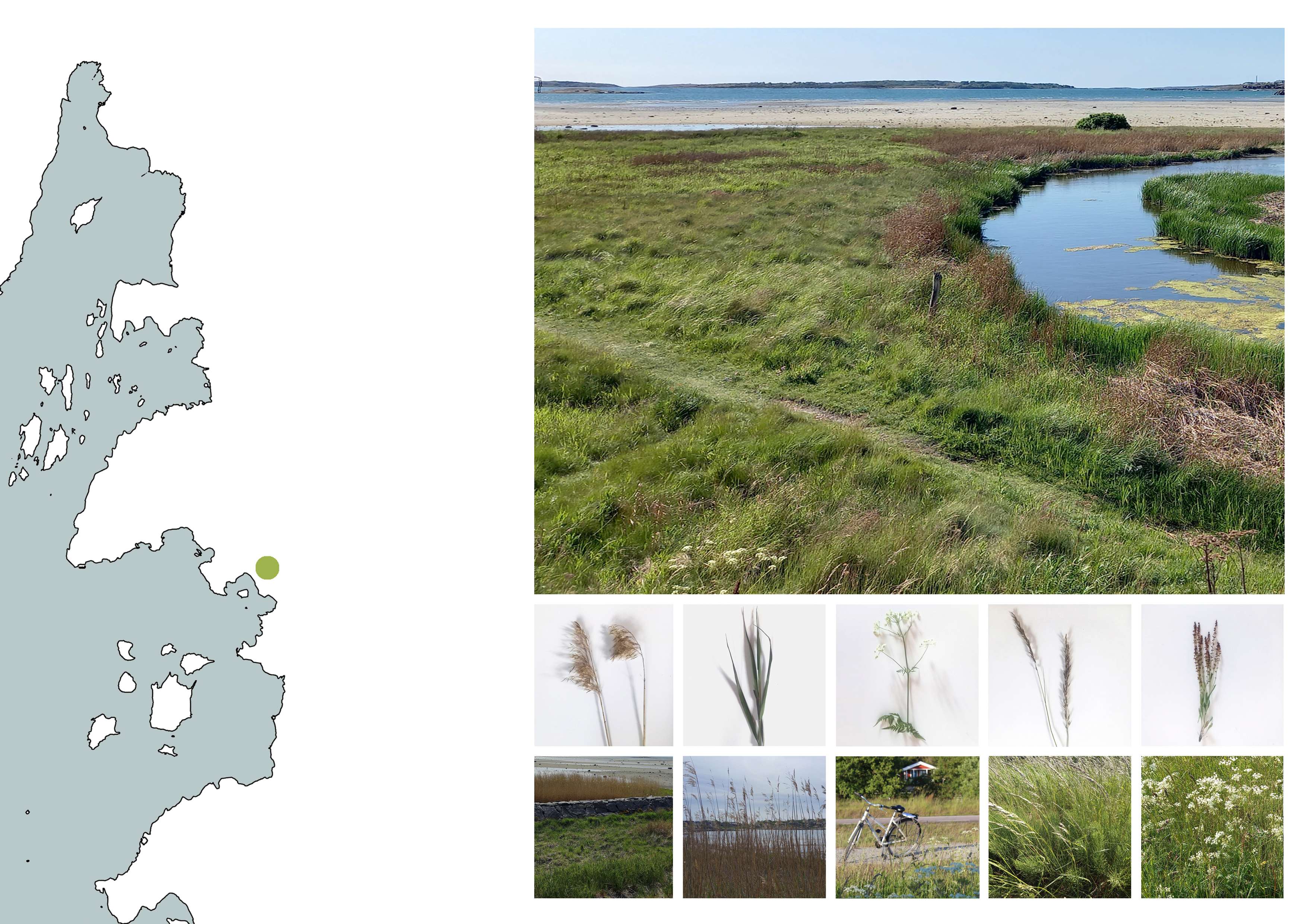
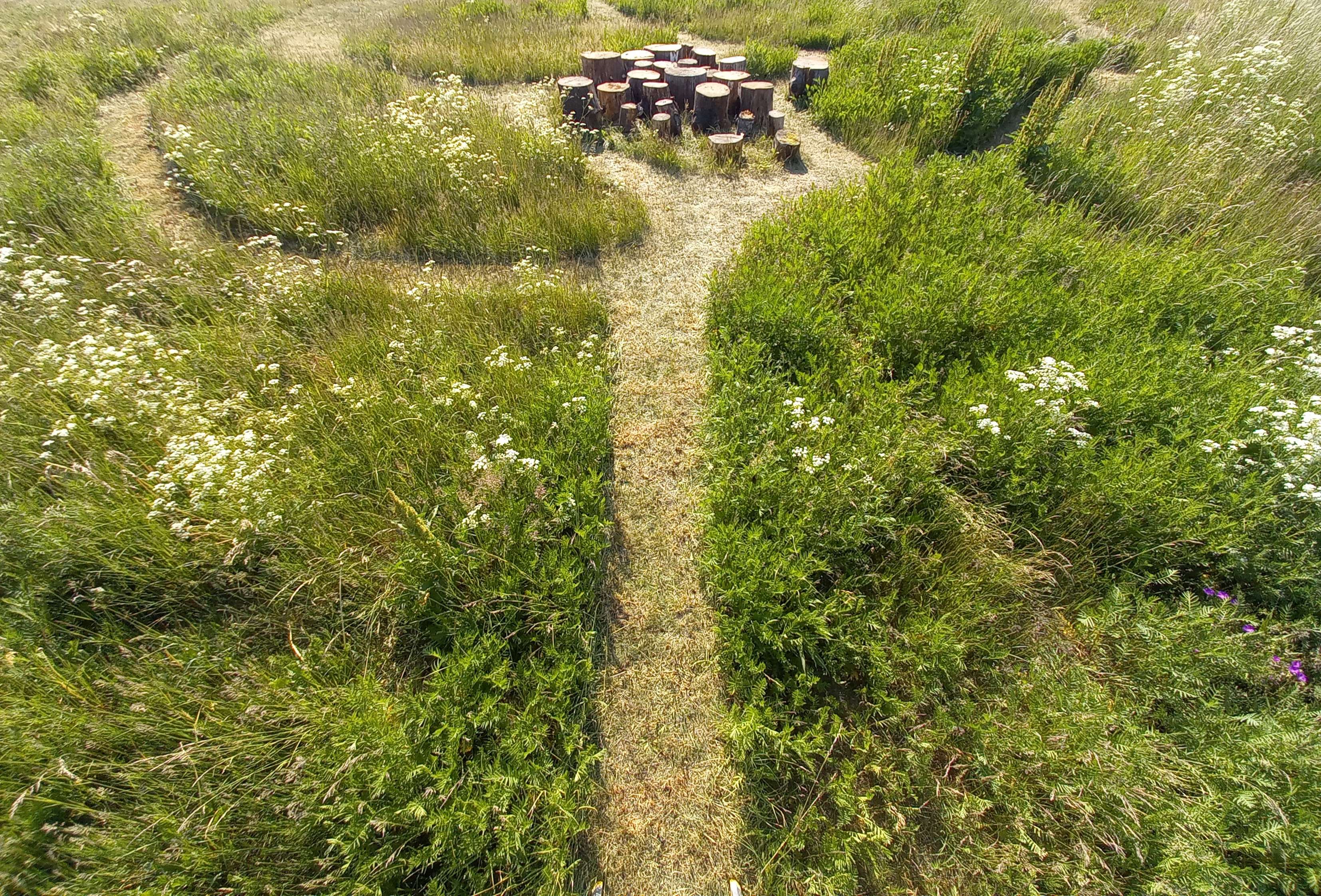
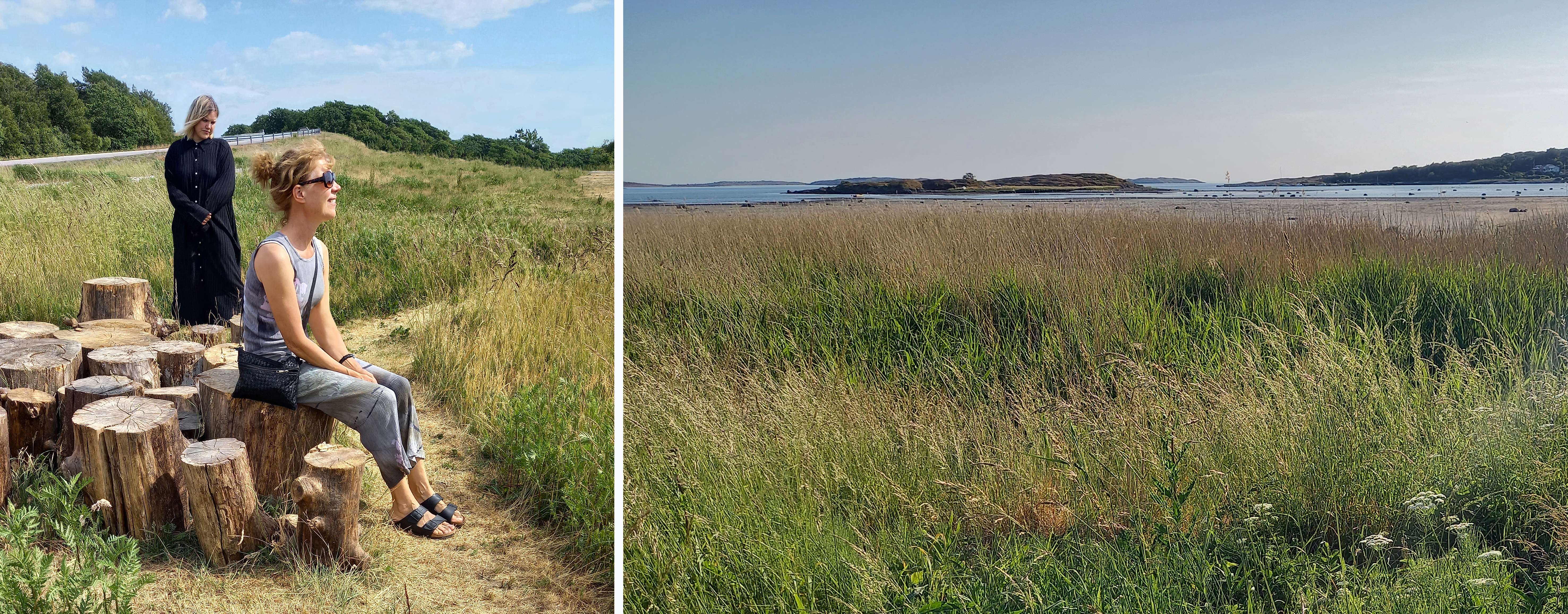


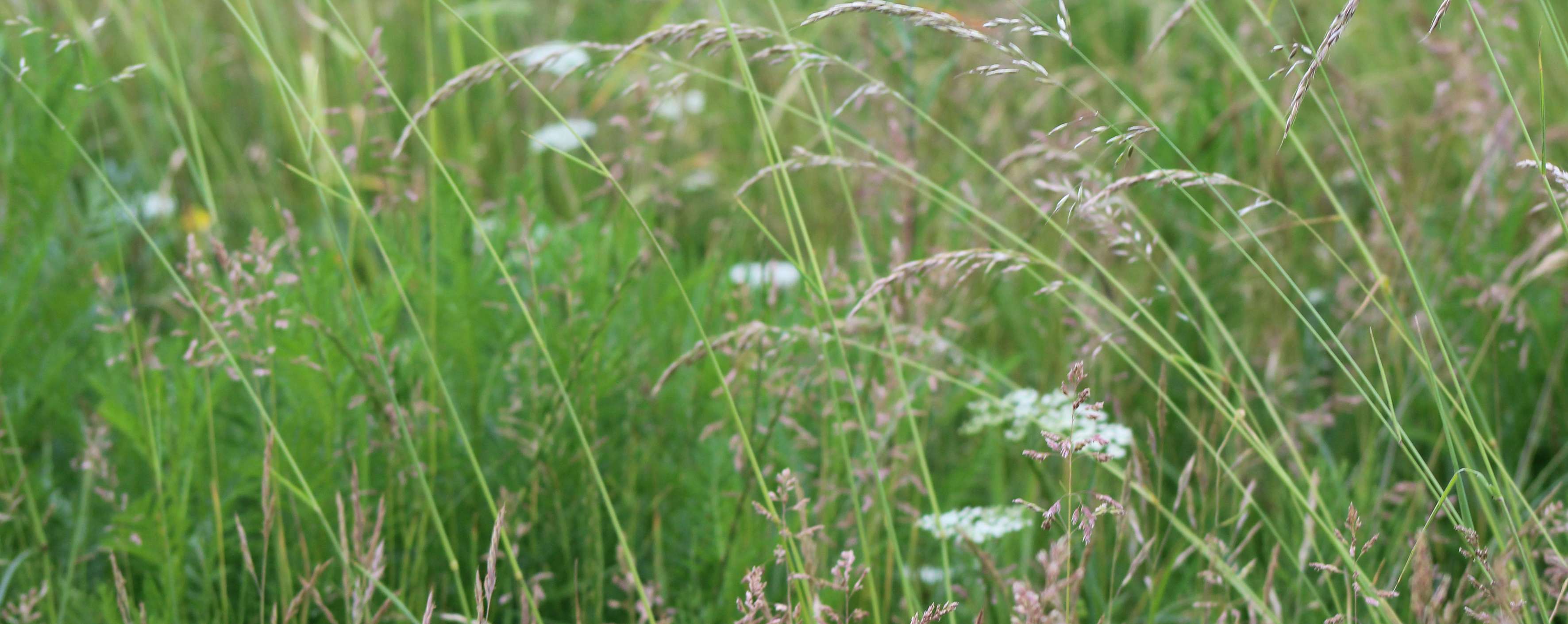





Meadow Traces
Meadow Traces
Meadow Traces
MEADOW TRACES
Coastal landscape
North Sea Coast | Sweden
The coastal territory of western Sweden, located in the North Sea comprises a complex and diverse landscape shaped by a series of transitional scenarios between water and land that form diverse ecosystems: from sandy and stony reefs, cliff formations, river estuaries, coastal meadows and forest to an extensive archipelago of granite islands. This coastline includes an important biodiversity of native species of flora and fauna, as well as migratory species. A natural biodiversity that coexists with an important cultural landscape characterized by coastal populations that have their origins in fishing and port villages.
The site-specific intervention Meadow Traces proposes a nature-based approach that aims to reflect on how to interact, coexist and dialogue with the coastal landscape, perceiving and understanding its natural dynamics and temporality as a key aspect of its essence.
Living-Lab: The meadow is understood as a living laboratory. A place of exploration and dissemination, where biological processes, ephemeral states present in nature, timescapes and seasonalities are perceived.
The intervention aims to highlight the ecological importance of this landscape fragment, as well as to emphasize its biological processes, without trying to control its natural dynamics or its spontaneity. On the contrary, trying to let nature perform its own role, as a living and interconnected organism in constant transformation.
With this perspective, the site work proposes to emphasize the natural process of vegetation, and to encourage nature to continue its own spontaneous growth over time, progressively erasing the trace left by human activity and returning to its own dynamics.
The site-intervention Meadow Traces is a low-cost proposal aimed at transforming the landscape through minimal actions. It proposes subtractive operations to create walking traces and incorporates recycled wood elements sourced from a local sawmill. Over time, the intervention proposes to gradually return to its natural state.
The project Meadow Traces proposes to contribute, reflect upon, and emphasize several aspects related to the United Nations Sustainable Development Goals (SDGs). Through a nature-based and low-impact approach, the project addresses key concerns in relation to life on land, responsible production and consumption, climate action, and life below water.
Regarding Life on Land
The project places strong emphasis on protecting and enhancing terrestrial biodiversity. By treating the meadow as a living laboratory, it supports the conservation of habitat for diverse insects, pollinators, and native plant species. The intervention respects the spontaneity of natural growth, allowing ecological processes to unfold without human control, thus fostering a dynamic and resilient ecosystem.
Regarding Responsible Production and Consumption
The project promotes responsible material use by incorporating recycled wood sourced from a local sawmill. It adopts a minimal intervention strategy through subtractive operations and avoids the introduction of artificial or excessive materials, thereby encouraging sustainable practices and a reduced ecological footprint.
Regarding Climate Action
By preserving and enhancing the natural dynamics of the coastal meadow, Meadow Traces contributes to the resilience of local ecosystems. The project fosters awareness of natural cycles and supports carbon sequestration processes through the spontaneous growth of native vegetation, which helps mitigate climate-related impacts.
Regarding Life Below Water
Although the intervention is land-based, it takes place within a sensitive coastal environment that includes estuaries and transitional zones influencing marine ecosystems. By highlighting the importance of maintaining the natural balance of coastal meadows and their connections to aquatic habitats, the project indirectly supports the health of marine biodiversity.
